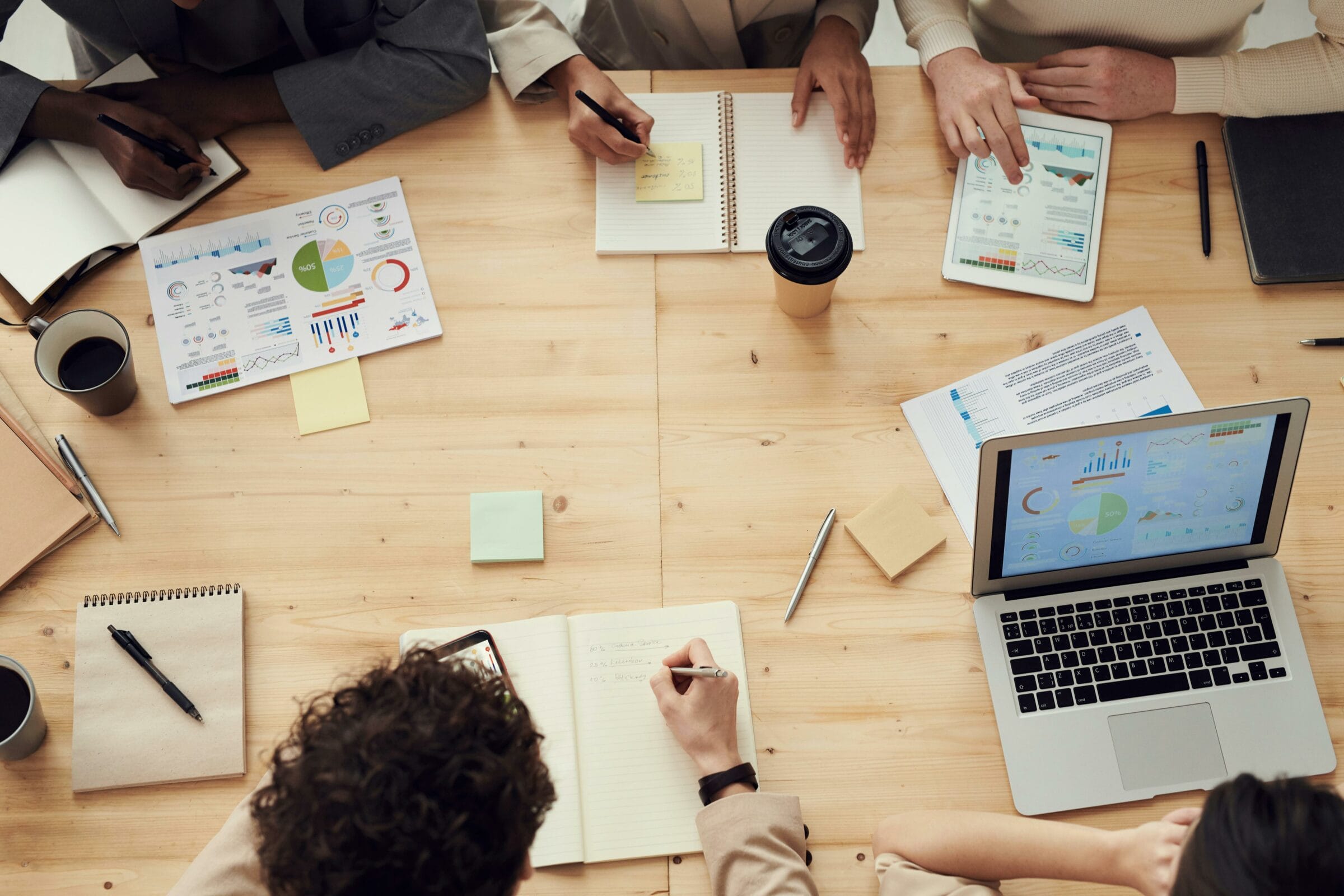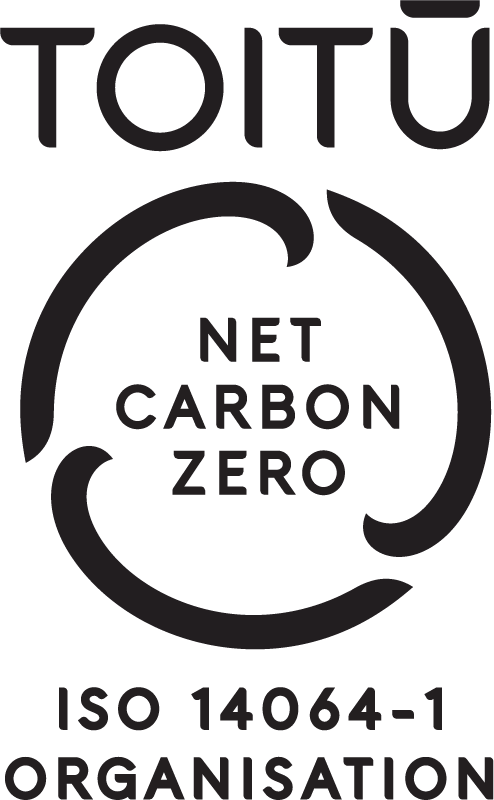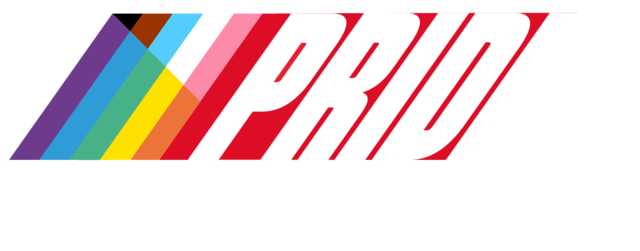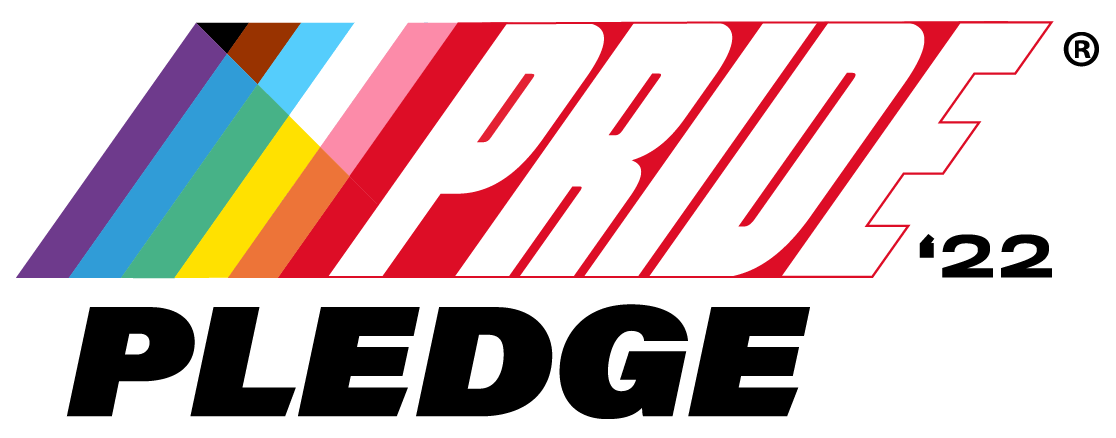

The Vibe – Culture and Community in Workplace Design
In this fifth edition of our workplace design trends series, we’re diving into “The Vibe”—exploring how culture and community shape vibrant, connected, and supportive work environments. Building a workplace that nurtures both culture and community isn’t just a nice-to-have; it’s essential for fostering engagement, boosting employee satisfaction, and driving business success. In today’s multi-generational, diverse workforce, it’s critical to address the multi-faceted needs of both the business and its employees through thoughtful design. This edition unpacks how to build community and culture through generational insights, mentorship-driven design, and creating employee-centric spaces that resonate with your team.
Designing Spaces for Effective Mentorship
Mentorship is more than just guidance; it’s a mutually beneficial relationship that thrives in environments specifically designed to support meaningful connections. A well-designed workplace can significantly enhance mentorship opportunities by providing the right spaces for both informal interactions and structured learning. These mentorship moments are instrumental for career development, visibility, and professional growth.
Spaces that are flexible and multifunctional are key. Think open collaborative zones for casual interactions, private spaces for one-on-one discussions, and formal meeting areas that cater to more structured learning. Research by JLL shows that workplaces designed with mentorship in mind see increased employee engagement and higher rates of development across teams. One challenge with a work-from-home (WFH) policy is the reduced chance for those spontaneous, valuable interactions where mentorship can organically occur—those moments where you bump into a mentor by the coffee machine or during a quick chat in the hallway. Additionally, being physically present in the office allows your efforts and dedication to be more visible, which can be a catalyst for career advancement.
From a business perspective, supporting these interactions through seamless technology integration is vital. If your team is hybrid or fully remote, ensure you have robust tools for virtual meetups and knowledge sharing. Creating environments where mentorship can flourish—both in-person and virtually—fosters a culture of growth, where employees feel supported and are more likely to stay with the organisation. According to the Harvard Business Review, employees with mentors are more likely to be promoted and report higher job satisfaction.
Kiwi Employee Traits: Embracing What Makes Us Unique
Embracing what makes your business and your people unique is about more than just nodding to local culture—it’s about embedding your core values into the very fabric of your workspace. In New Zealand, our workplace culture reflects a distinctive blend of practicality, collaboration, and a strong emphasis on work-life balance. Kiwi employees value straightforward, functional designs that support efficient work and facilitate success.
Understanding these traits, and what makes your team tick, is the backbone for creating a workplace that fosters a sense of connection and belonging. This connection is directly tied to brand and employer loyalty. In a market where good employees are in short supply, having that strong association and sense of loyalty will mean they are less likely to leave if tapped on the shoulder.
Workplace designs in New Zealand often integrate indoor and outdoor spaces, flexible work zones, and a communal atmosphere that encourages teamwork. Beyond functionality, incorporating elements that celebrate your business, your values, and your people establishes pride in the space and a sense of place among employees. The ultimate goal is to design a space that reflects your values, creating an environment where employees feel at home, boosting morale, engagement, and retention. This alignment between space, values, and people ensures that the workplace feels like a true extension of the business, fostering deeper loyalty and connection.
Building Community: Creating Workspaces That Bring People Together
Building a strong sense of community in the workplace doesn’t happen by chance—it’s the result of intentional design that encourages connection and collaboration. When we talk about community, we’re really talking about creating spaces that invite people to connect, engage, and build relationships. This is more than just about having a ‘friendly atmosphere’; it’s about designing with the purpose of bringing people together.
Think about the spaces in your office: Do you have areas where people can gather for a communal lunch, share a coffee, or engage in casual conversations? Flexible lounges, breakout areas, and communal kitchens are all key spaces where informal interactions can happen, leading to deeper connections among colleagues. The focus here is on creating opportunities for spontaneous socialisation—these are the moments where community really flourishes.
Research by CBRE highlights that employees who feel a strong sense of community at work are more engaged and productive. In addition to fostering community, inclusion is critical. Spaces designed with inclusivity in mind—whether through accessibility features, cultural representation, or supporting different working styles—send a clear message that every employee is valued. By focusing on connection, businesses can cultivate a workplace culture that is not only productive but also nurturing and supportive.
Employee-Centric Design: Putting People First
Employee-centric design is all about engaging with your people to understand what they need to be successful in their work. It’s about providing a productive environment that caters to their individual needs and drives a strong return on investment (ROI). At its core, this approach is about putting people first—because when your employees thrive, so does your business.
Offering ergonomic furniture, adjustable workstations, and flexible spaces that cater to different working styles is fundamental to employee-centric design. But it goes beyond that. It’s about creating an environment where the air quality is great, the acoustics are considered, and the spaces are designed to reduce stress and boost productivity. Work and output are the lifeblood of any business, so creating a space that supports your team’s best work is non-negotiable.
A key part of this is setting up an agile process where you can get live feedback from your team on what’s working and what’s not. This allows for continuous optimisation of the workspace, ensuring it remains effective and relevant as your team and business grow. By prioritising employee-centric design, you’re not just creating a place to work—you’re creating a place where people want to work.
Generational Insights: Addressing Diverse Needs Across Age Groups
Navigating the modern workplace means understanding the varied needs and preferences that span multiple generations. From Baby Boomers to Gen Z, each group brings unique expectations, communication styles, and work habits to the table. For instance, Baby Boomers may value stability and a structured environment, while Gen X often appreciates flexibility and work-life balance. Millennials are known for their tech-savviness and desire for collaboration, while Gen Z, the digital natives, thrive on innovation and inclusivity.
Generational diversity is not just about accommodating different preferences—it’s about recognising the strengths that each generation brings to the workplace. Younger generations can offer fresh perspectives, innovative thinking, and a deep understanding of new technologies. In contrast, older generations bring experience, consistency, a strong work ethic, and loyalty. These differences aren’t just complementary; they’re crucial for building a well-rounded, resilient team.
Designing a workspace that acknowledges and embraces these generational differences is key. It connects directly to the principles of employee-centric design—ensuring that your workplace meets the diverse needs of all your people. Moreover, it ties into building a strong community within the office, where different generations can interact, share, and learn from each other. In mentorship scenarios, it’s important to set up pairings where the mentor, regardless of age, recognises that they too can learn from the younger generation. This reciprocal learning enhances the mentorship experience and strengthens the workplace culture.
By fostering an environment where generational diversity is embraced, businesses can unlock richer collaboration, innovation, and productivity. This approach not only builds a more inclusive community but also ensures that every employee feels valued and empowered to contribute their unique strengths to the team.
Here’s some practical application ideas for creating a vibrant culture in your workplace
1. Design for Mentorship:
– Incorporate flexible meeting areas and private spaces for mentoring sessions.
– Use technology to support virtual mentoring and knowledge sharing.
2. Foster Community:
– Design open and flexible areas that encourage spontaneous interactions.
– Build inclusive spaces that support diverse working styles and accessibility needs.
3. Prioritise Employee-Centric Design:
– Offer ergonomic furniture and adjustable workstations for comfort.
– Provide a range of workspace options to suit different tasks and personal preferences.
– Set up an agile feedback process to continuously optimise the workspace.
4. Address Generational Diversity:
– Create workspaces that cater to different generational needs, from collaborative zones to quiet workspaces.
– Establish cross-generational mentorship programs that foster reciprocal learning.
– Implement communication tools that work for all generations, supporting different preferences.
Reach out to our commercial specialist, Jana Stringer, to explore how we can tailor our services to meet your specific needs and budget. Jana is ready to guide you through the process and help you create a smart workspace that inspires productivity and innovation.
Jana Stringer
Tel: 021 153 3408
Email: jana@spaceworks.co.nz
Let’s work together to design a space that empowers your team and drives success. Get in touch now to start your journey toward a smarter, more efficient workplace.





